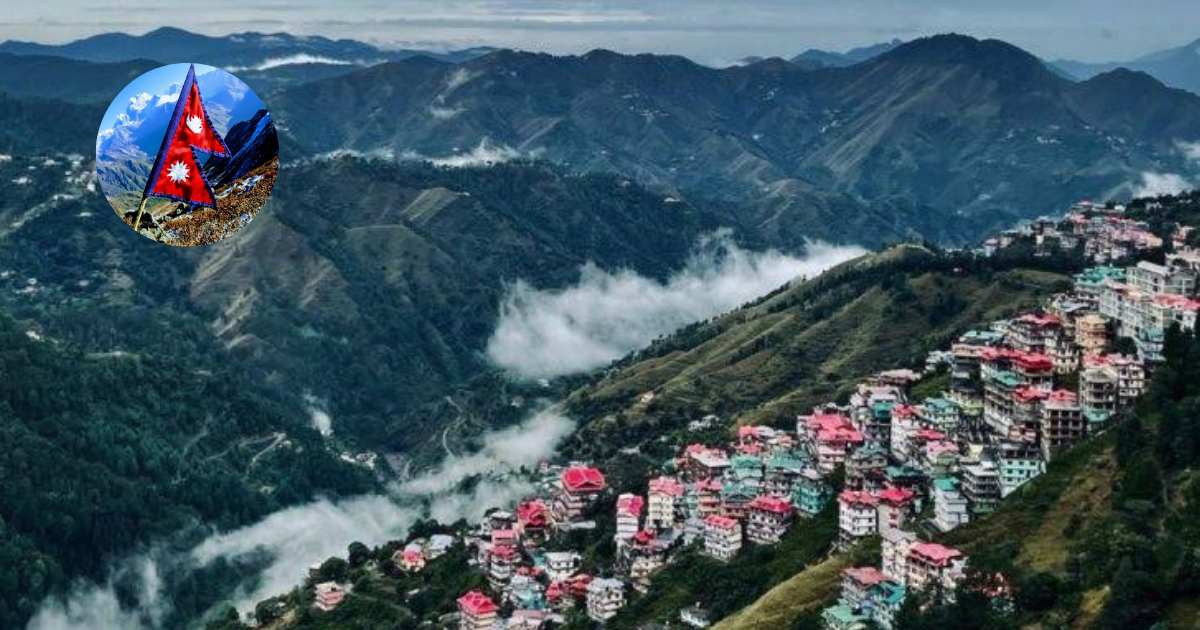Most people know Shimla as the beautiful summer capital of British India, but very few know that before the British arrived, Shimla was once part of the Kingdom of Nepal. This surprising fact is hidden in the early history of this famous hill station.
In the early 1800s, the Kingdom of Nepal, under the leadership of strong generals like Amar Singh Thapa, began expanding its borders. The Nepalese army moved west and captured many hill regions, including parts of present-day Himachal Pradesh. One of these areas was Shimla. Back then, Shimla was not the busy town we see today—it was a small forest village with a few huts, dense deodar trees, and the Jakhu Temple as its main landmark.
Nepal’s rule in this area did not last long. In 1814, the British East India Company went to war with Nepal. This war, known as the Anglo-Nepalese War, lasted until 1816. After defeating the Nepalese forces, the British forced Nepal to sign the Treaty of Sugauli. According to this treaty, Nepal had to give up many of the territories it had captured, including Shimla.
This is how Shimla officially became a part of British India. Later, it developed into a major administrative and cultural center for the British. But long before the British built churches, railways, and colonial buildings in Shimla, the land had briefly belonged to Nepal.
Even though Nepal’s control over Shimla was short, this hidden chapter of history shows how the region’s borders and rulers changed with time. Most tourists visiting Shimla today are unaware that the town was once under Nepalese rule. It’s a fact not taught in school books or seen on tourist boards, but it remains a part of Shimla’s true past.
So next time you walk along Mall Road or visit Jakhu Temple, remember—Shimla’s history is older than just the British era. It carries a forgotten connection to the Himalayan kingdom of Nepal, making its story even more fascinating.




